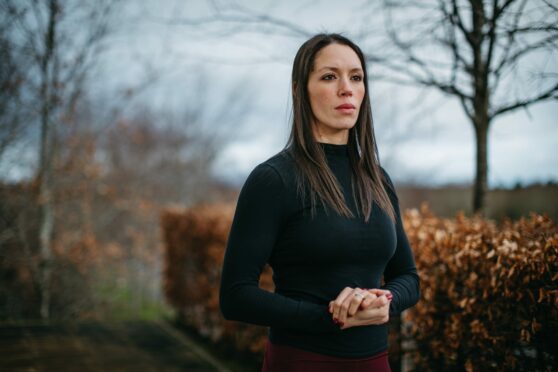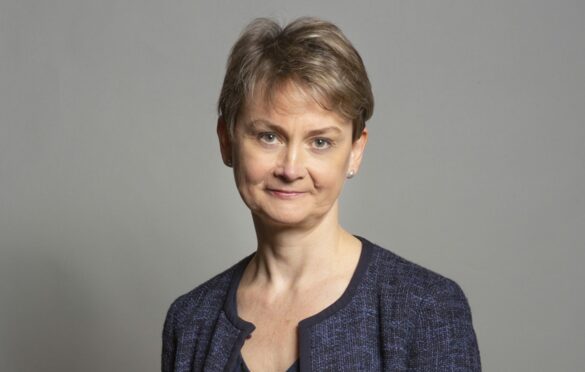
Domestic abuse has been branded a “shadow pandemic” as experts warn the crisis has grown exponentially during the Covid-19 crisis.
More victims are reporting abuse to the authorities but experts fear the lockdowns and restrictions have meant many more are suffering in silence.
Dr Zara Brodie, a psychology lecturer at the University of the West of Scotland, said: “We have come so far and, as a society, we now have an understanding that abuse is not just about physical violence, it can also involve financial, emotional and sexual coercion and that is now backed up in statute.
“More people are becoming aware of the signs of abuse, the routes to support and what behaviour is appropriate and what is not, but there is a major challenge that remains. Domestic abuse – and, more widely, sexual assault – is still dealt with in terms of risk management; what victims can do to avoid being abused.
“What the narrative should really be is how do we stop people becoming perpetrators. This will inevitably involve a significant change in cognition and attitudes within society, but while this switch remains undone, we won’t have solved the problem.”
Brodie added: “The number of domestic incidents being reported is increasing, year by year. Part of this rise is down to victims feeling more empowered to recognise and report abuse.
“But the last two years especially have seen an exponential increase. People were forced to stay at home with abusive partners, or relationships that were teetering on the edge have never recovered. We’ve focused on the pandemic but what we are now seeing is the shadow pandemic of domestic abuse.”
Meanwhile, a report by experts from the World Health Organisation, published in The Lancet last week, underlined the scale of the domestic abuse emergency. The study found one in five women under the age of 50 had suffered violence at the hands of a partner. And 4% had been a victim in the last year.
However, the data dates back to 2018, before the pandemic arrived and created conditions that made the problem worse. The most recent figures show there were 33,425 domestic abuse charges reported in 2020/21, a 9% increase on the previous year and the highest figure since 2015/16.
Dr LynnMarie Sardinha, one of the authors of the report, said: “The prevalence of intimate partner violence against women is alarmingly high and endemic in all countries and cultures.
“While there has been a lot of progress in the UK over the last decade, challenges still exist in terms of access to services for women experiencing abuse and in early prevention.
“The mere existence of a law will not in itself be effective in tackling violence against women. Equally important is how that legislation is enforced.”

Enjoy the convenience of having The Sunday Post delivered as a digital ePaper straight to your smartphone, tablet or computer.
Subscribe for only £5.49 a month and enjoy all the benefits of the printed paper as a digital replica.
Subscribe


